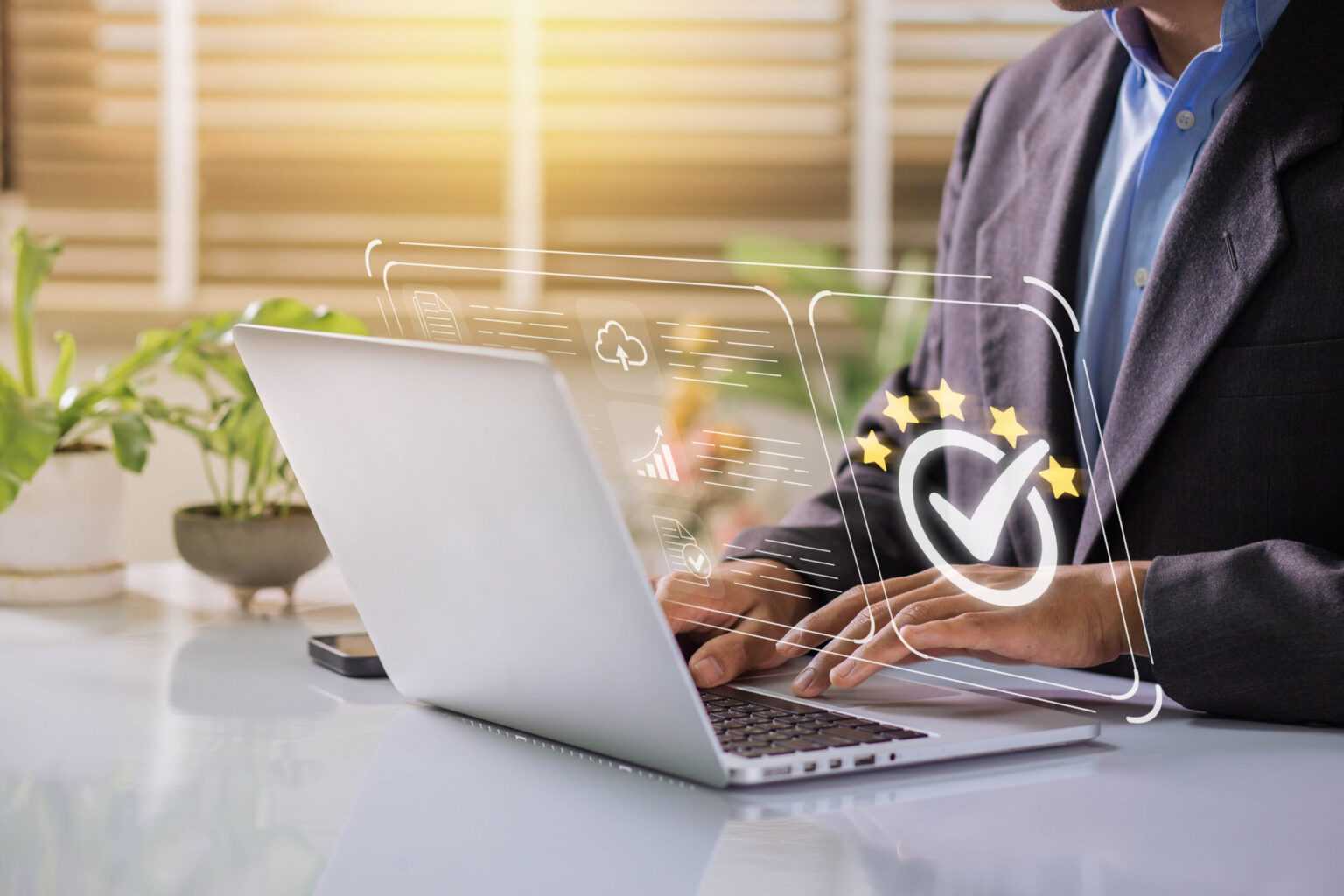6 Common Challenges of E-Invoicing and How to Overcome Them

October 18, 2024
E-invoicing has revolutionized financial operations by improving efficiency, accuracy, and compliance. However, adopting an invoice software for compliance departments or automating invoicing processes comes with challenges. From system integration and compliance complexities to employee adoption issues, businesses must overcome hurdles to maximize the benefits of e-invoicing.
This guide explores the biggest challenges facing supplier invoicing processes and provides practical solutions for a seamless transition to e-invoicing.
If you’re new to digital invoicing, start with our Beginner’s Guide to E-Invoicing for a foundational overview.
Challenge 1: Integration with Existing Systems
What are the challenges of implementing invoicing software?
One of the biggest obstacles businesses face is how invoicing software integrates with existing systems such as ERP platforms, accounting software, and procurement tools. Legacy systems may not support modern e-invoicing standards, leading to inefficiencies.
Solution:
- Select e-invoicing software with built-in API compatibility for seamless integration.
- Work with IT specialists to develop a custom integration strategy for outdated systems.
- Opt for cloud-based invoicing platforms that connect with multiple business applications.
For more on ERP and e-invoicing integration, read our guide on Integrating E-Invoicing with ERP Systems.
Challenge 2: Compliance with Regional Regulations
How can invoicing software improve compliance?
Navigating e-invoicing compliance regulations across different countries can be daunting, especially for businesses operating internationally.
Solution:
- Stay informed about local e-invoicing legislation (e.g., PEPPOL in the UK, Facturae in Spain, FatturaPA in Italy).
- Use e-invoicing software for compliance departments that updates automatically with regulatory changes.
- Work with tax and compliance experts to ensure adherence to government mandates.
For a detailed breakdown of global regulations, check out our guide to regional regulations for E-Invoicing Compliance.
Challenge 3: Resistance to Change
How does invoicing software affect employees?
Many employees resist transitioning to e-invoicing due to concerns about job security, complexity, or workflow disruptions.
Solution:
- Provide comprehensive training to employees on e-invoicing benefits and usability.
- Highlight how automation reduces workload rather than eliminating jobs.
- Involve key stakeholders early to gain buy-in and facilitate a smooth adoption process.
Challenge 4: Quoting and Invoicing Challenges
How does invoicing software improve quality?
Manual invoicing methods often lead to delays, pricing mismatches, and errors in quotes and final invoices.
Solution:
- Implement automated quoting tools that integrate with e-invoicing systems for accurate pricing.
- Enable real-time validation to detect errors before invoices are sent.
- Standardize invoice formats to ensure consistency across all transactions.
Challenge 5: High Initial Setup Costs
What is the biggest challenge facing your supplier invoicing process?
For many businesses, the upfront investment in invoicing software and digital infrastructure is a major deterrent.
Solution:
- Choose scalable e-invoicing software that grows with your business, avoiding unnecessary expenses.
- Consider cloud-based solutions that eliminate hardware costs.
- Explore government incentives and grants supporting digital transformation.
To learn about cost-effective invoicing solutions, check out 10 Benefits of E-Invoicing for Small and Medium Businesses.
Challenge 6: Invoice Fraud and Security Concerns
How can invoice fraud detection software help?
Invoice fraud detection is a top priority, as businesses face risks like fake invoices, duplicate payments, and unauthorized transactions.
Solution:
- Use invoice fraud detection software to automatically flag suspicious activity.
- Implement multi-level approval workflows to validate high-value invoices.
- Ensure data encryption and role-based access to protect financial records.
For more on fraud prevention, read How E-Invoicing Reduces Fraud and Enhances Security.
6 E-Invoicing Challenges and Solutions Summary
| Challenge | Solution |
| System Integration | Use API-compatible invoicing software and cloud-based solutions. |
| Regulatory Compliance | Choose software that updates automatically with regulation changes. |
| Resistance to Change | Provide employee training and highlight efficiency improvements. |
| Quoting and Invoicing Errors | Implement automated quoting and validation tools. |
| Setup Costs | Opt for scalable, cloud-based invoicing software. |
| Fraud and Security Risks | Invest in invoice fraud detection software with multi-layer security. |
Overcoming E-Invoicing Challenges for a Smoother Transition
Despite the challenges, e-invoicing is a game-changer for businesses looking to streamline financial operations, improve compliance, and reduce errors.
Investing in the right e-invoicing software helps businesses integrate seamlessly, automate compliance, and enhance security, setting the foundation for long-term success.
Ready to overcome invoicing challenges? Book a free demo and discover how our e-invoicing automation tools can optimize your invoicing workflow!
Frequently Asked Questions About E-Invoicing Challenges
Adopting e-invoicing comes with common concerns, from affordability to system integration. Below are answers to key questions businesses have when transitioning to digital invoicing.
How can small businesses afford e-invoicing implementation?
Many affordable, scalable invoicing solutions are available, with low upfront costs and long-term operational savings from automation.
How does invoicing software improve compliance?
Modern e-invoicing software ensures automatic tax updates, regulatory compliance, and digital audit trails for seamless tax reporting.
How does invoicing software integrate with existing systems?
Most advanced e-invoicing solutions use APIs to connect with ERP, CRM, and accounting platforms for real-time data syncing.
Share this post:
Categories
Stay ahead of the competition
Get expert supply chain insights delivered directly to your inbox weekly.